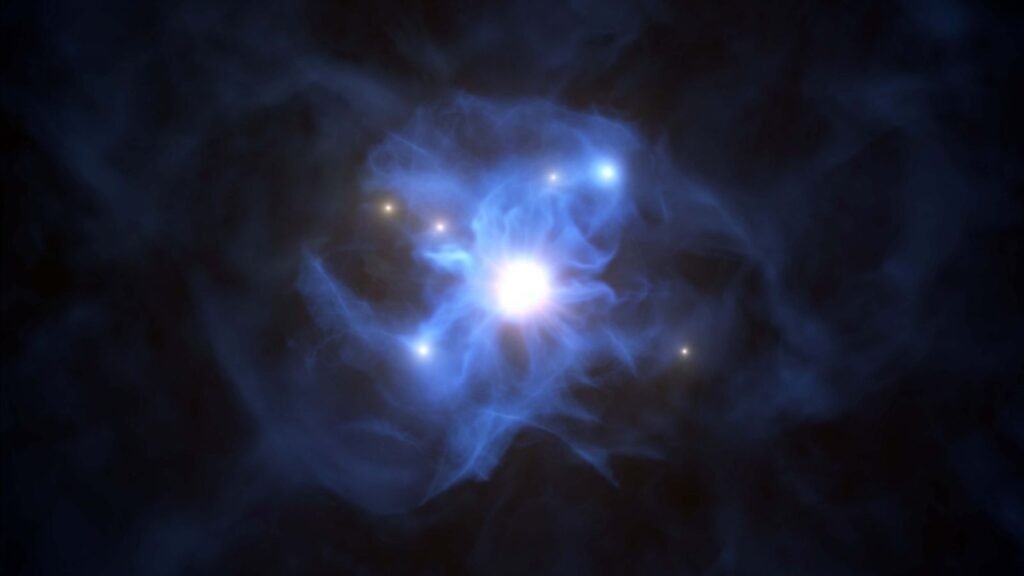Goldilocks – Black Hole from Beginning
According to scientists, a newly found black hole may be an ancient remnant produced before the first stars and galaxies formed.
Researchers suggest this black hole, which has a mass of around 55,000 times that of the sun, may be the “source” of today’s supermassive black holes, enabling scientists to estimate the total number of these objects in the universe.
Discovery
The discovery of the “intermediate-mass” or “Goldilocks” black hole, which varies from the tiny black holes created by stars and the supermassive giants contained in the centres of most galaxies, was published in Nature Astronomy.
According to researchers, there are about 46,000 intermediate-mass black holes in the Milky Way galaxy’s vicinity.

Gamma-Ray Explosion
Researchers from the University of Melbourne and Monash University discovered the new black hole, Goldilocks by detecting a gravitationally lensed gamma-ray explosion.
The burst, which was a half-second flash of high-energy light released by two merging stars, had a “echo,” which was caused by the intermediate-mass black hole, which distorted the direction of the light on its way to Earth, causing observers to see the same flash twice.
The two flashes were images of the same object, according to software designed to detect black holes from gravitational waves.
“This newly discovered black hole may be an ancient remnant – a primordial black hole – produced in the early universe before the first stars and galaxies formed,” said study co-author Professor Eric Thrane of Monash University.
Fuel of Todays Black Holes
These early black holes like Goldilocks may be the forerunners of today’s supermassive black holes found at the centre of galaxies.
Professor Rachel Webster of the University of Melbourne, a co-author on the paper, called the results “exciting.”
“We can estimate the total number of these objects in the universe using this new black hole candidate, We predicted that this could be possible 30 years ago, and it is exciting to have discovered a clear example, she said.”
Supermassive Black Hole Formation
James Paynter, the lead author and a PhD student at the University of Melbourne, said the new discovery might shed new light on how supermassive black holes shape.
“We don’t understand how these behemoths are able to grow so large within the age of the universe,” he said. “While we know that these supermassive black holes lurk in the cores of most, if not all, galaxies.”

1 Comment
Pingback: NASA will launch two sister missions to VENUS, to disclose its mysteries - Craffic